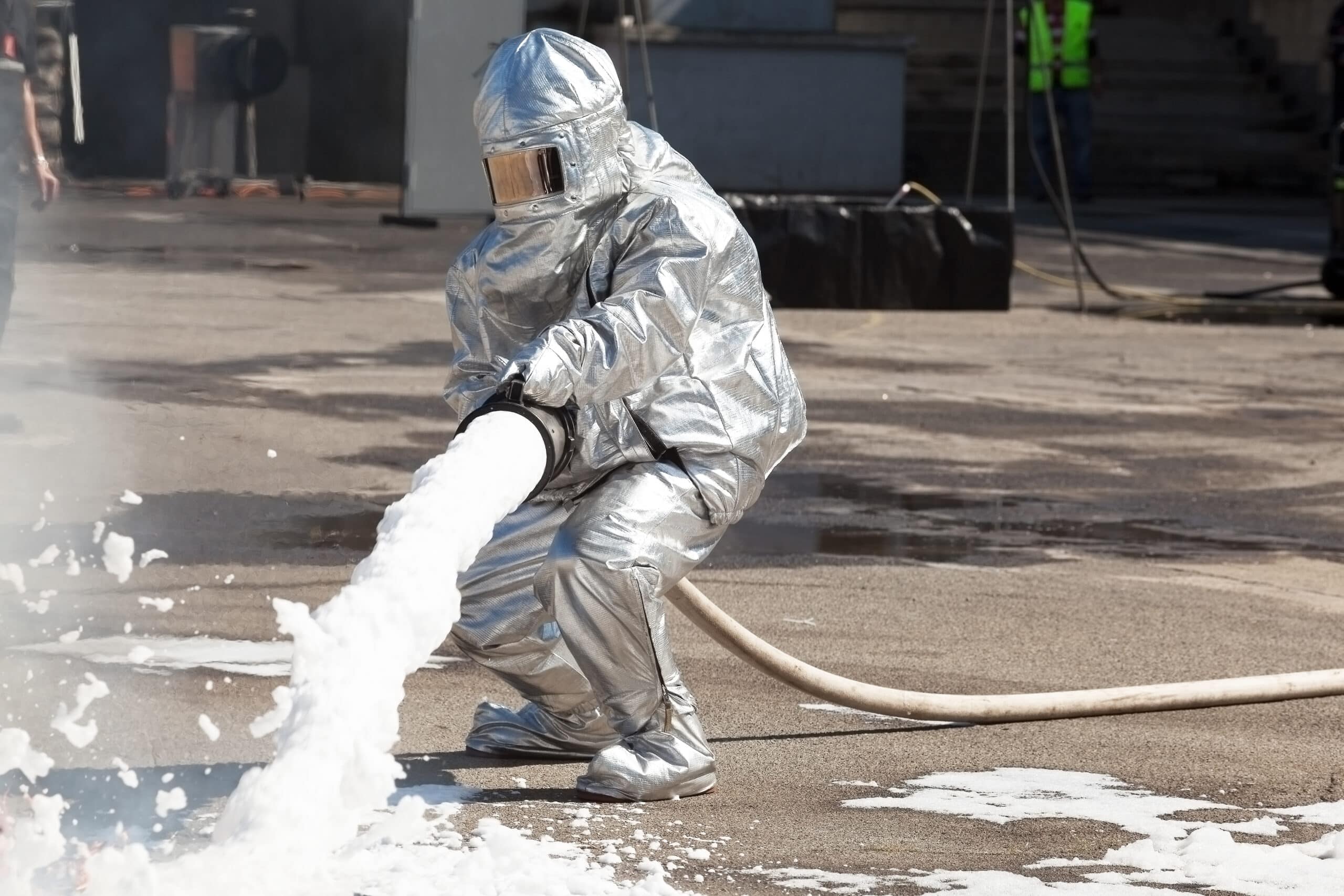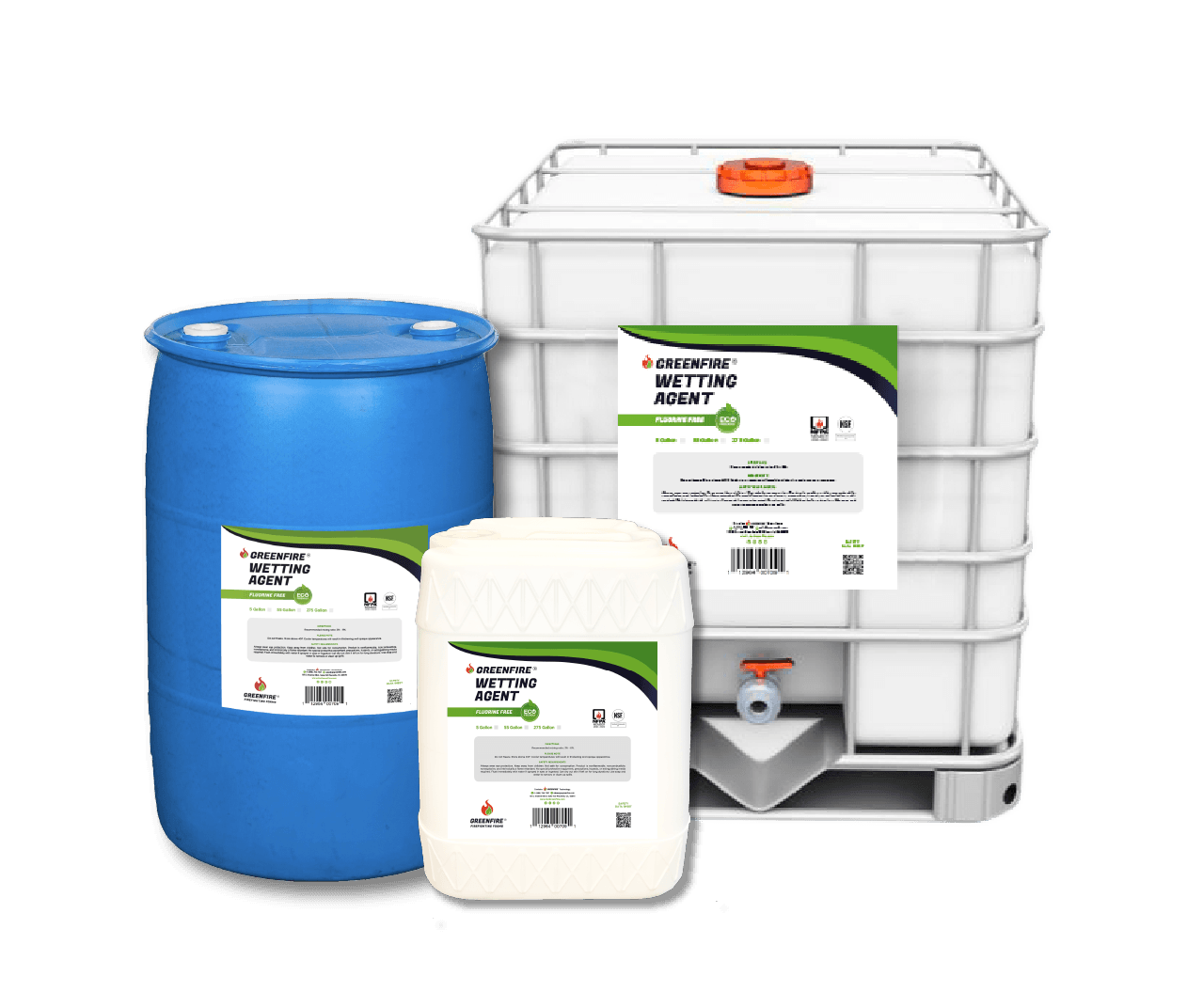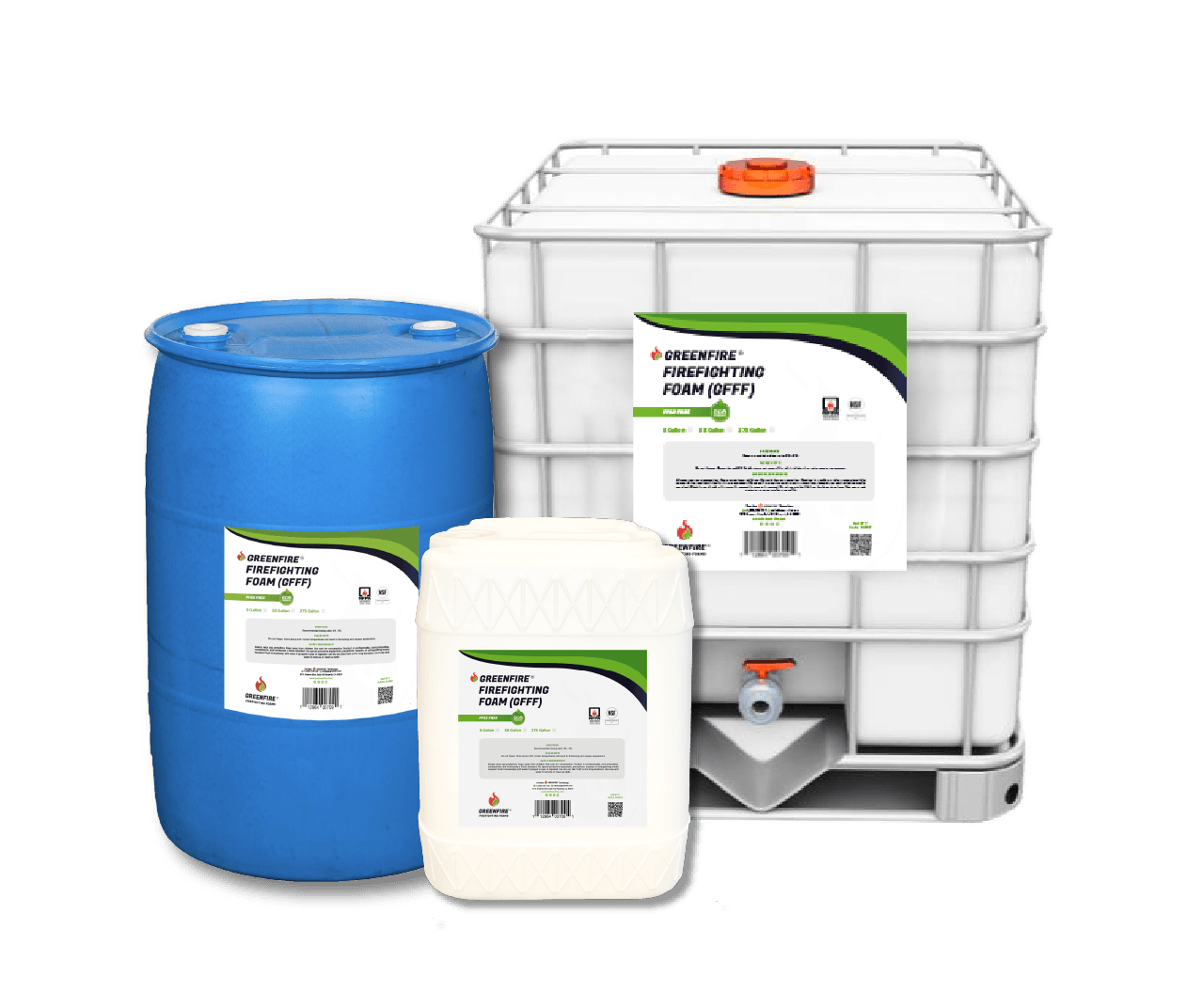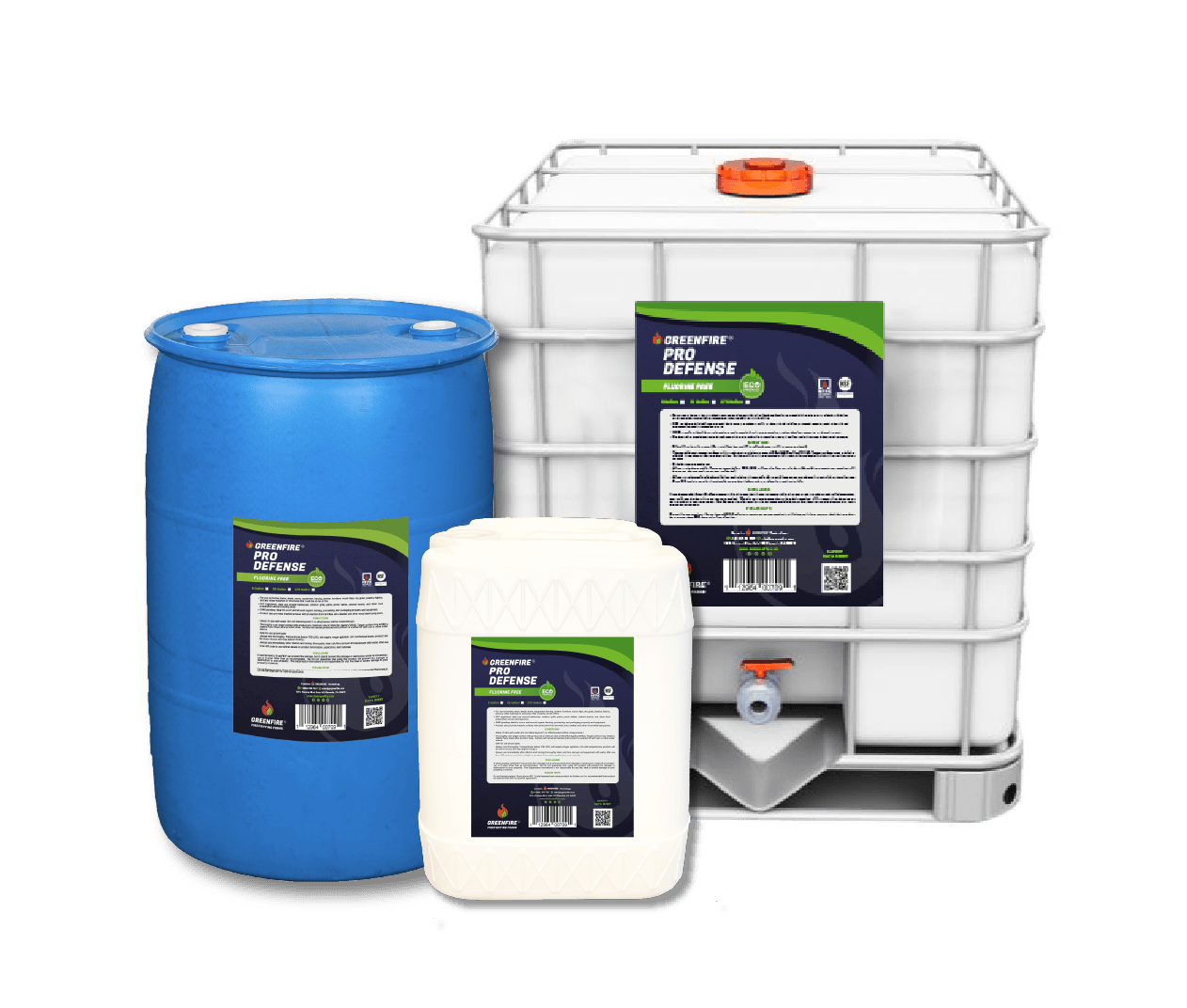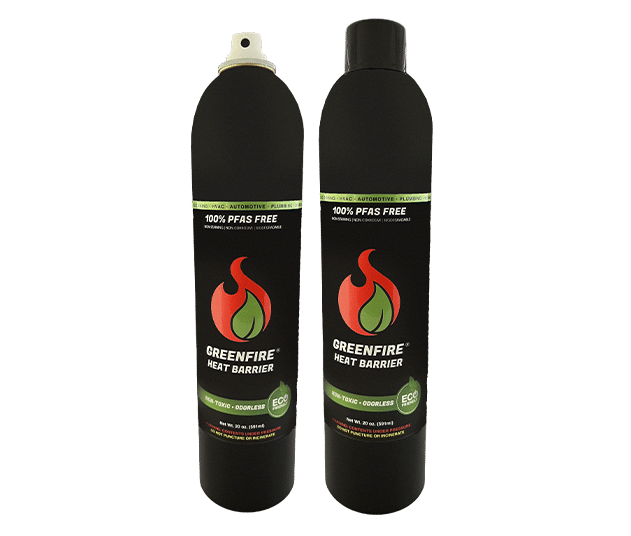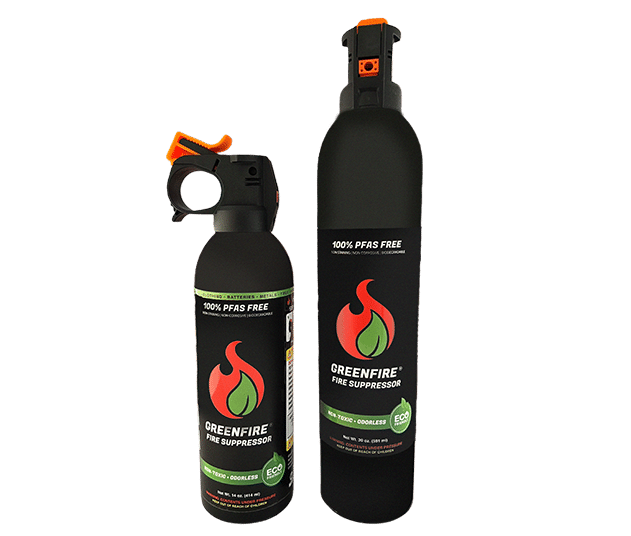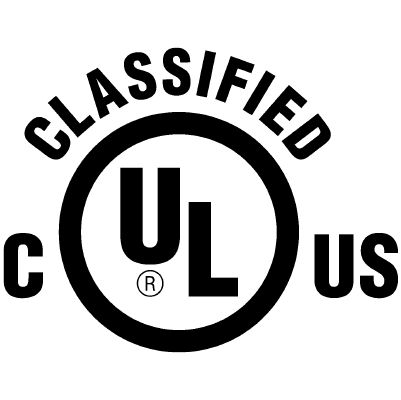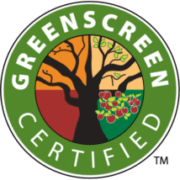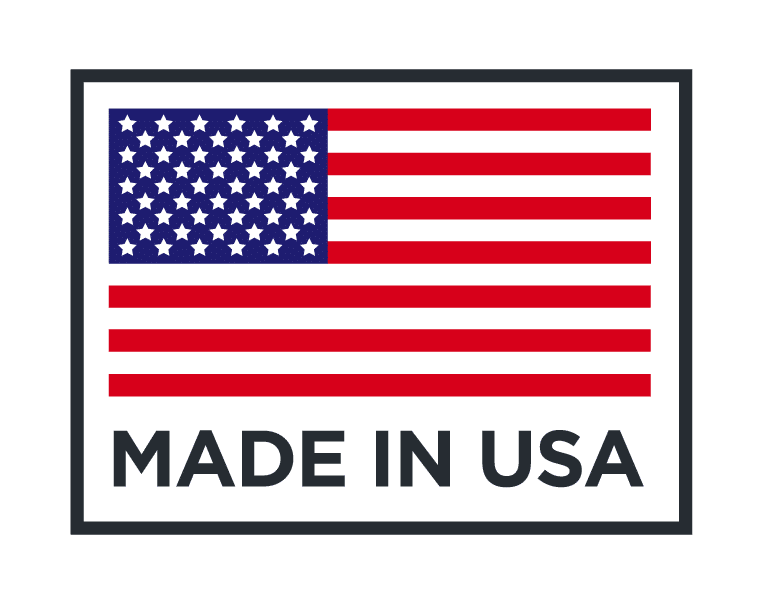AFFF Destruction and Replacement
GreenFire now offers a solution for safely disposing of your AFFF stockpiles! Through an exciting collaboration with Battelle, we now have technology available for safe AFFF destruction and disposal, in addition to offering fluorine-free, non-toxic replacement foams!
AFFF Destruction - A Full Circle Solution
Getting Rid of Dangerous PFAS
With new government regulations concerning PFAS now in effect in many states, fire departments and businesses around the country have been directed to stop using AFFF. This has left those organizations facing two major problems: what to do with the stockpiles of AFFF, and what foam to trust as a safe and effective replacement?
GreenFire® is proud to announce a unique full circle solution that addresses both of those needs! By combining our infrastructure with Battelle’s PFAS AnnihilatorTM, a first-of-its-kind PFAS destruction technology that creates no harmful byproducts, we can pick up your stockpiles of AFFF, safely destroy and dispose of it, and provide you with highly effective, non-toxic, multi-class firefighting foams to replace your legacy AFFF.
Watch this CBS Evening News piece to learn more about this innovative new technology.
For more information about our exclusive, full-circle AFFF destruction and replacement solution, please contact us and a member of our team will be in touch with you shortly!

